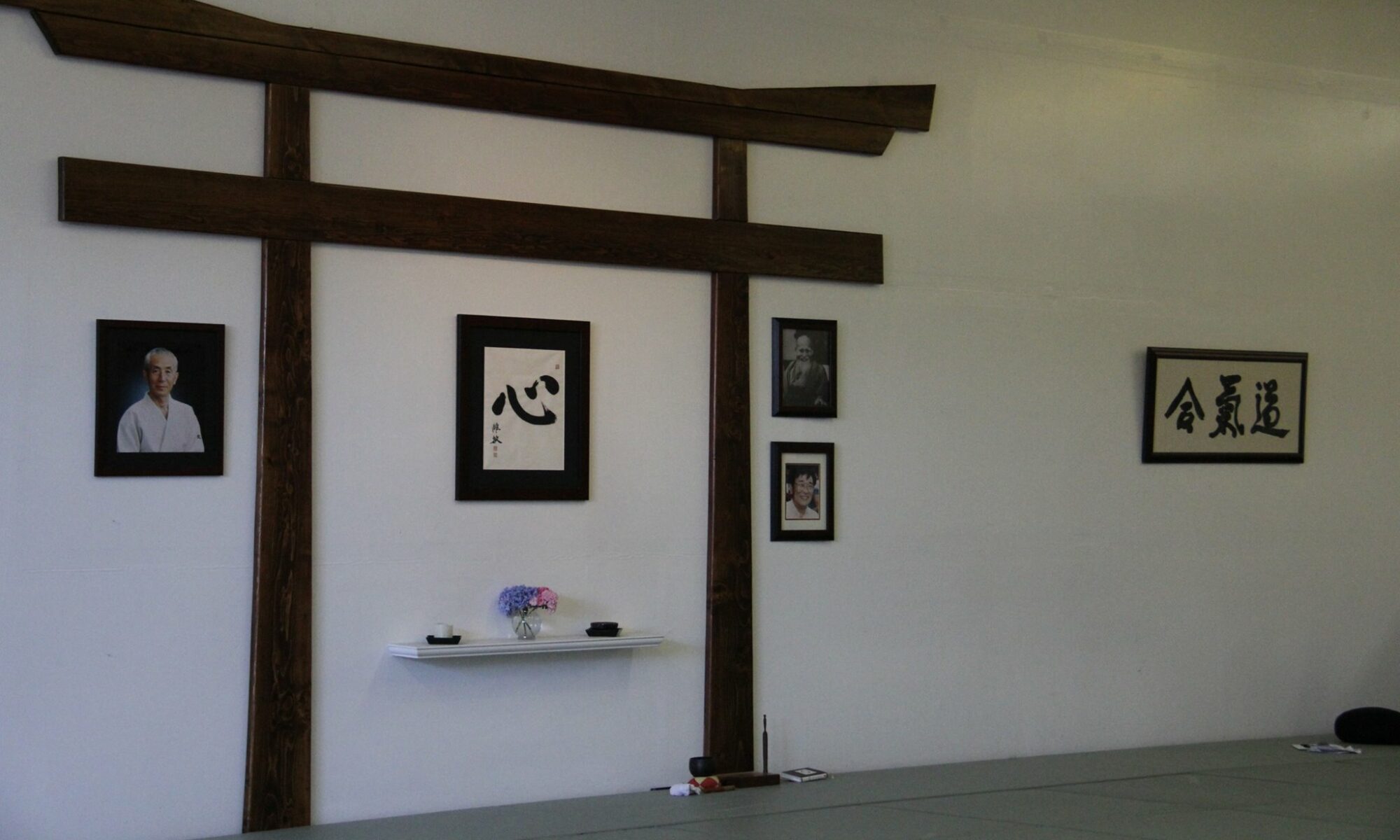We come to our dojo to train so that we’re better able to apply the principles of aikido in our daily lives.
Ma’ai… Time, options, and our decisional space. The practice of aikido emphasizes relationships in space and in time. We strive for a harmonious spacing or ma’ai when we’re practicing in the dojo. Our goal, however, is to take that concept and use it in our daily lives. Ma’ai is a particularly useful concept when we use it to shape our decision-making.
We’re all faced with many decisions, some decisions are relatively minor: “Should I get another cup of coffee?” Other decisions are much more significant: “Should I engage in a violent act that may alter my life or someone else’s life forever?” Sometimes we have a great deal of time and information to use in our consideration of the options and other times we have to decide in a split second. Regardless of the situation or the decision, we have a set of options that decrease over time.
By focusing on proper ma’ai in this context, we can grow our ability to make decisions early and when we have many options available to us. This leads to a couple of things. First, it helps us respond sooner, or be more responsible. Second, it shapes how we apply our personal power in our lives by being intentional and effective with our influence.
By Nate Weed

